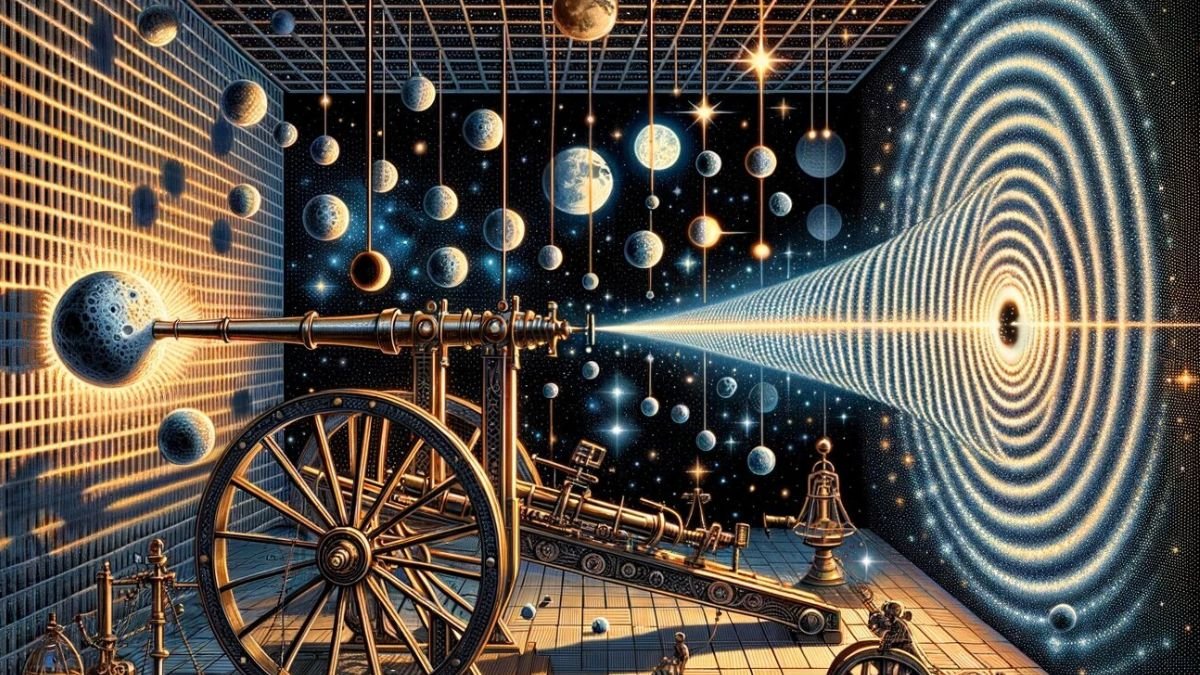Two recently published papers by physicists at UCL (University College London) promise to solve one of the biggest challenges of modern theoretical physics: unifying gravity and quantum mechanicsand also the continuation of Einstein’s classical concept of space-time. The articles were published simultaneously; The two works appear in the journals Physical Review X and Nature Communications.
Professor Jonathan Oppenheim, first author of the Nature paper, explains: “Quantum theory and Einstein’s theory of general relativity are mathematically incompatible, so it is important to understand how this contradiction is resolved. Should space-time be quantized, or should we change quantum theory, or is this something completely different?“.
A post-quantum theory of classical gravity?
In his personal article in Physical Review X, Professor Oppenheim challenges the consensus that Einstein’s theory of gravity should be adapted to fit quantum theory. Instead, he proposes that spacetime be classical, that is, not governed by quantum theory at all, thus being unaffected by “the pathologies of semiclassical theory based on expected values.”
The new model, called the “post-quantum theory of classical gravity”, modifies quantum theory and predicts a break in the predictability that is a result of gravity’s dependence on the structure of space-time. The idea here, according to Oppenheim, is this: “avoid many forbidden theorems that allegedly prevent classical quantum interactions”.
According to the UCL statement, this can cause “random and violent fluctuations in space-time” (quantum uncertainties) larger than those predicted by standard quantum mechanics. As a result, the apparent weight of objects, that is, the gravitational force to which they are subjected, will become unpredictable if “measured with sufficient precision.”
Testing the Quantum Nature of Gravity

In the second paper, published as a companion to Oppenheim’s paper in the journal Nature Communications, a group of students under the master’s supervision analyzes some consequences of the post-quantum theory of classical gravity and proposes a practical experiment to test it. : Measure a mass with extreme precision to see if its weight fluctuates over time.
As an argument in support of quantum-classical interactions, the authors presented the fact that the International Bureau of Weights and Measures in France found that the mass represented by a platinum and iridium cylinder previously produced in 1889 weighs 1 kg every day. It lost 50 micrograms of its mass due to the escape of atoms or the absorption of air molecules.
If the differences in these measurements do not show mathematical consistency, the new theory can be discarded. But co-author Zach Weller-Davies emphasizes: “We show that If space-time does not have a quantum nature, there must be random fluctuations It has a specific signature in the curvature of space-time that can be verified experimentally.”
Did you like the content and want to learn more about Albert Einstein? So take the opportunity to discover why the cosmological constant is scientists’ worst nightmare. And I never stopped following TecMundo on social media!
Source: Tec Mundo
I’m Blaine Morgan, an experienced journalist and writer with over 8 years of experience in the tech industry. My expertise lies in writing about technology news and trends, covering everything from cutting-edge gadgets to emerging software developments. I’ve written for several leading publications including Gadget Onus where I am an author.













